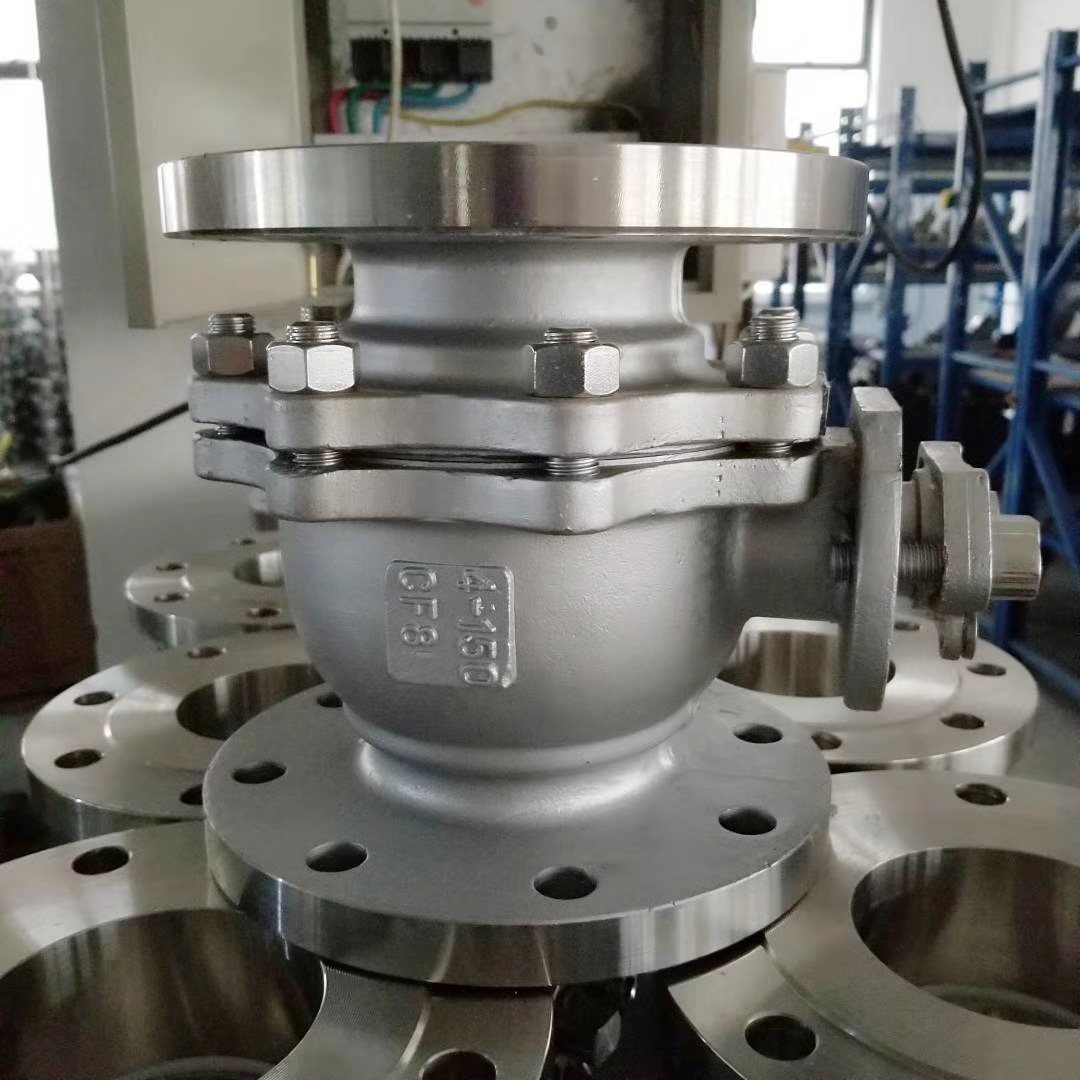Trunnion ball valves and standard ball valves are both types of quarter-turn valves that use a ball to control the flow of fluids. However, they differ in design, application, and functionality. Here are the key differences between trunnion ball valves and standard ball valves:
1.Design and Construction:
Standard Ball Valve:
Design:In a standard ball valve, the ball rotates within the valve body, supported by a single stem.
Construction:The ball is free-floating and relies on the pressure of the fluid to push it against the downstream seat, providing a seal.
Trunnion Ball Valve:
Design:Trunnion ball valves have a fixed, or trunnion-mounted, ball that is held in place by a shaft (trunnion).
Construction:The trunnion design provides additional support and stability to the ball, allowing for larger and higher-pressure applications.
2.Pressure and Size Range:
Standard Ball Valve:
Pressure Range:Typically used in applications with moderate pressure ratings.
Size Range:Commonly available in smaller sizes.
Trunnion Ball Valve:
Pressure Range:Suitable for higher-pressure applications due to the trunnion-mounted design.
Size Range:Available in larger sizes, making them suitable for a broader range of applications.
3.Seating Mechanism:
Standard Ball Valve:
Seating:The ball relies on the pressure of the fluid to create a seal against the downstream seat.
Applications:Well-suited for applications with moderate pressures and smaller sizes.
Trunnion Ball Valve:
Seating:The trunnion design allows for a more secure and stable seating mechanism.
Applications:Ideal for applications with higher pressures and larger sizes where a more robust sealing mechanism is required.
4.Applications:
Standard Ball Valve:
Applications:Commonly used in industries such as HVAC, water treatment, and general industrial processes.
Advantages:Simplicity, cost-effectiveness, and suitability for lower-pressure applications.
Trunnion Ball Valve:
Applications:Suitable for industries like oil and gas, petrochemical, and chemical processing.
Advantages:Higher pressure handling, larger sizes, and increased reliability in demanding applications.
5.Seat Design:
Standard Ball Valve:
Seat Design:Soft seats (often made of elastomers) are common in standard ball valves, providing a good seal but with limitations in higher pressures and temperatures.
Trunnion Ball Valve:
Seat Design:Depending on the application, trunnion ball valves may have both soft and metal seats, providing better sealing in high-pressure and high-temperature conditions.
In summary, the choice between a trunnion ball valve and a standard ball valve depends on the specific requirements of the application, particularly in terms of pressure, size, and the need for a robust sealing mechanism. Trunnion ball valves are favored in larger and higher-pressure applications, while standard ball valves offer simplicity and cost-effectiveness for smaller and lower-pressure scenarios.

